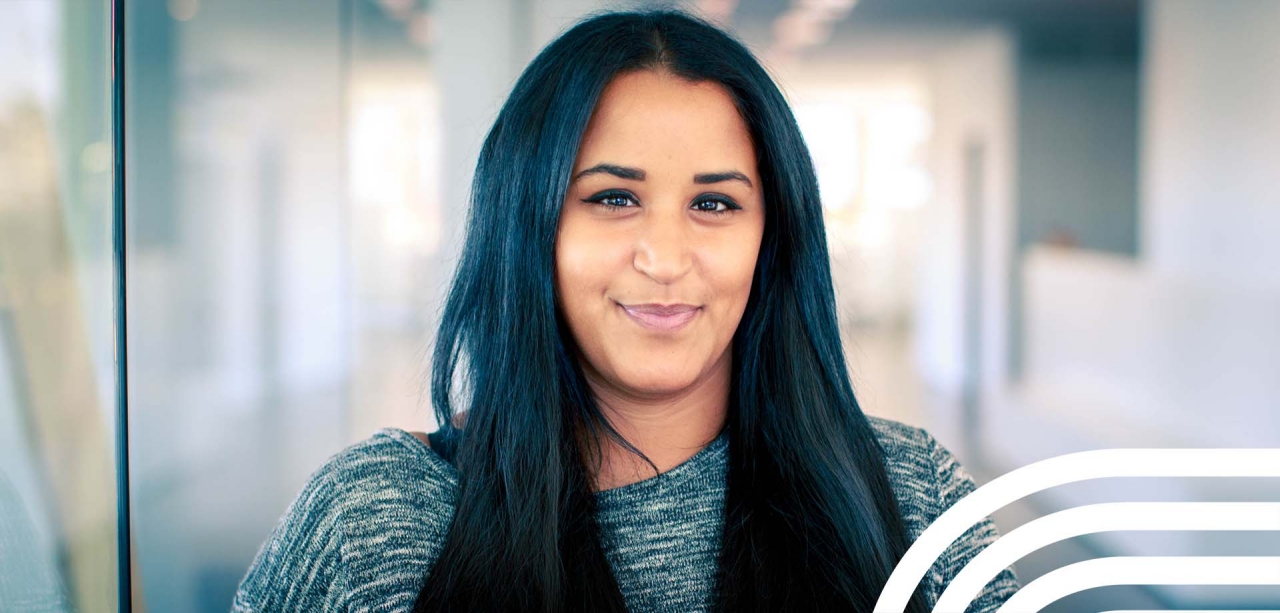Marketing of the Future or Hype?

Marketing of the Future or Hype?
Virtual Influencers: what would once have been branded a publicity stunt is now increasingly becoming common practice and is closely linked to Web 3.0.
For some companies, the use of CGI (computer-generated imagery) influencers has already become an important driving force in their marketing instruments.
In other words, computer-generated figures are deployed as influencers, instead of (or alongside) real people. Is this risky or simply the future of brand communication?
Where can these ’virtual influencers’ be found?
According to Meta, a "new chapter in influencer marketing" is in the offing, thanks to synthetic media. The potential and risk of avatars, deep fakes, and virtual influencers such as Lil Miquela have already been hotly discussed in the past. However, all the efforts invested in establishing the metaverse show that this is quite definitely a marketing opportunity, not a risk.
Synthetic versions of real people and fictional ‘virtual influencers’ (VIs) alike are a growing phenomenon. On the Meta platforms alone, 200 VIs are already represented, and 30 of these can be found in verified VI accounts on Instagram. It is not uncommon for these accounts to have followers in the millions and in some cases, they have already worked with world-famous brands. However, it is not only on Meta platforms that VIs are taking hold; an increasing number of virtual stars are surfacing on YouTube and TikTok. The phenomenon riding high on the hype curve in tech-savvy Asia could also break through into Germany via the metaverse.
What do virtual influencers look like?
Here, it is important to define what exactly is meant by a virtual creation. In fact, they are artificially created avatars with a social media presence and a basic storyline, which is then developed further. One of the best-known characters is Lil Miquela. She is 19 years old, half-Brazilian, half-Spanish. She has more than three million followers on Instagram and models for Samsung, Prada, and Calvin Klein. As well as being a music fan, she also appears to be culturally engaged, for instance, with the LGBTQ+ community and Black Lives Matter. The peculiarity is that she is not real; she is a virtual influencer. With Noonoouri, Germany also has some great things to show for itself.
Have virtual influencers already arrived in Germany?
The first virtual influencers to be represented as models by a human agency (IMG Models) come from Germany: even closer to home, from Munich, produced by Creative Director and CEO Joerg Zuber. In the meantime, Noonoouri has acquired an impressive following with more than 400K followers on Instagram. Supermodels such as Naomi Campbell and brands like Dior are among her subscribers; images of her have already been reposted by people such as Riccardo Tisci. The idea came to Joerg when he was five years old and starting on his first designs. Although Noonoouri has found acceptance more quickly in Brazil and the United States, Joerg has also noticed how demand has grown in Germany.
The target group for this kind of communication is, among others, those who are already splashing around in the metaverse; people seeking an escape from the world that we have left behind, in other words, escapism into the digital world.
Does it make sense for brands to cooperate with virtual influencers?
The term ‘real’ is used very fluidly on the social networks in reference to Vis: there is no distinction between interaction with virtual characters and real influencers. Consequently, at the very most, they are only distinguishable from each other in legal terms. However, what is even more interesting is that there is a particularly heavy emphasis on control. This is because what can quickly become a problem in normal influencer campaigns is the loss of control over reach. In the case of VIs, the risk of scandal is small, and criticism is not directed at the influencers, but rather at the campaign.
Virtual influencers are chameleon-like in their flexibility, shapeshifting to suit the surroundings, pose, outfit, and mood perfectly. The end product is therefore always exactly what you are looking for; there is no human factor to bring the house of cards tumbling down.
Moreover, there is more at stake than dazzling, flashy marketing strategies, which are merely intended to improve a company's image and promote its products. Virtual influencers enable companies to achieve excellence in building their brands, and to carve out a balanced and authentic path for themselves towards influencer nirvana. However, this journey is both time-consuming and more especially, expensive.
Is a future with nothing but virtual influencers a possibility?
The increase in digitalisation has had the effect of continually crowding out the ‘human’ labour pool. However, does this also apply to influencers, or could peaceful coexistence lie within the bounds of possibility? The increasing run on influencers represents a massive opportunity for companies and marketers to develop target-group oriented content and raise their brands to a new level. The reason for this is the high degree of authenticity that is usually conveyed by a testimonial. In view of the diversity of many VIs and real personalities, the ‘otherness’ factor is an excellent springboard into the hearts of the target group. Nevertheless, the decision must ultimately be given careful consideration: should a company choose an authentic solution with a hint of unpredictability, or should it opt for a fully controllable, technical solution with endless possibilities?
Author: Niat Asfaw Graça, General Manager at Serviceplan Bubble